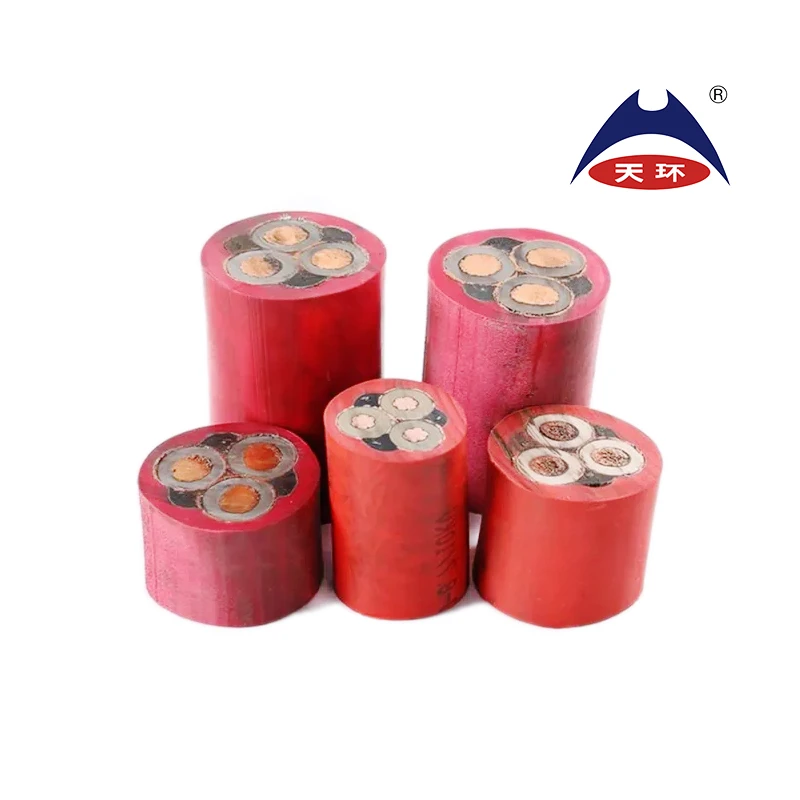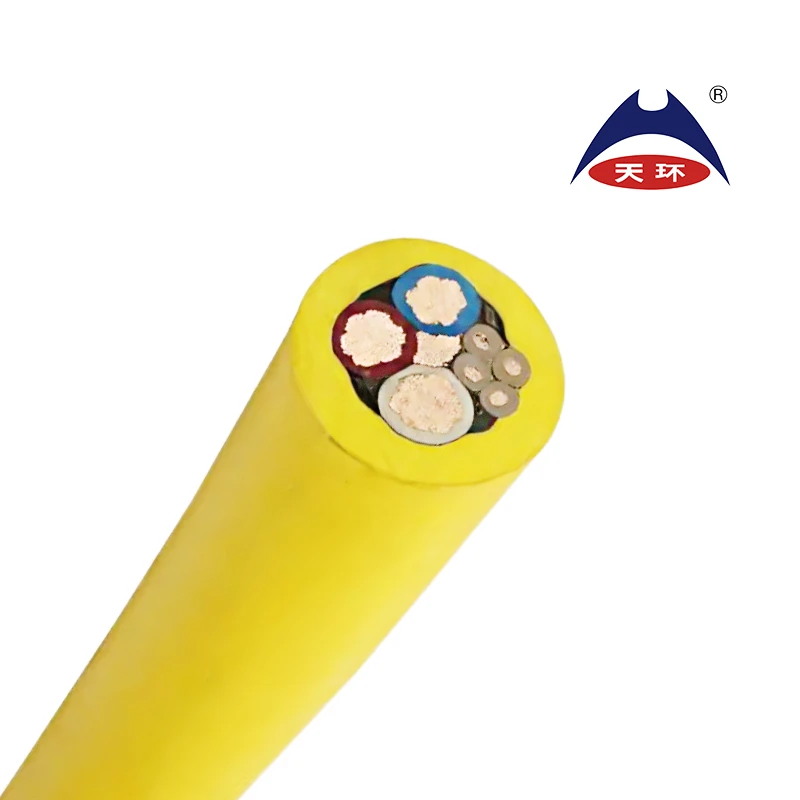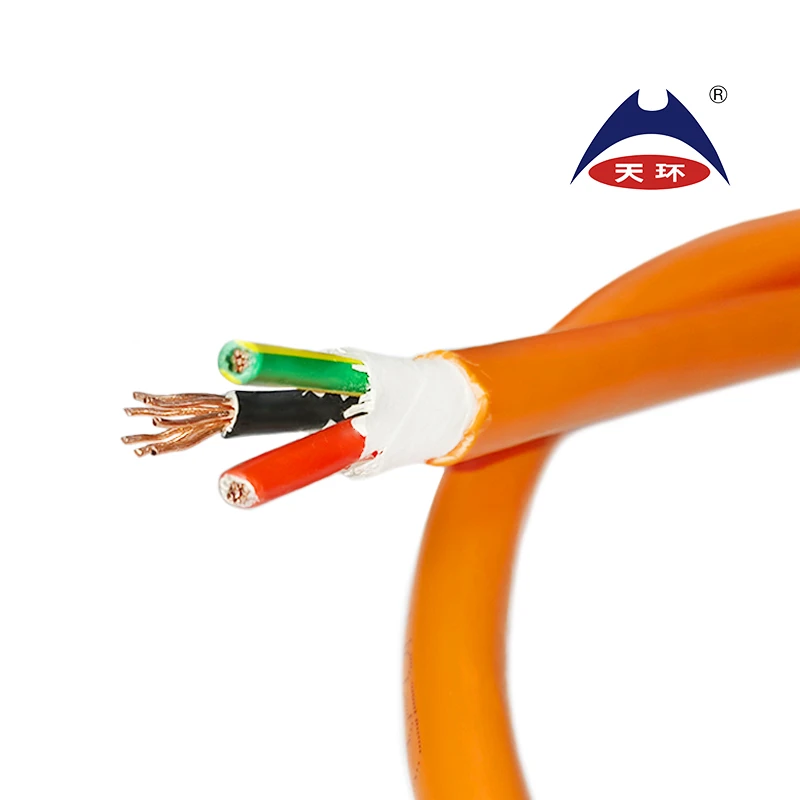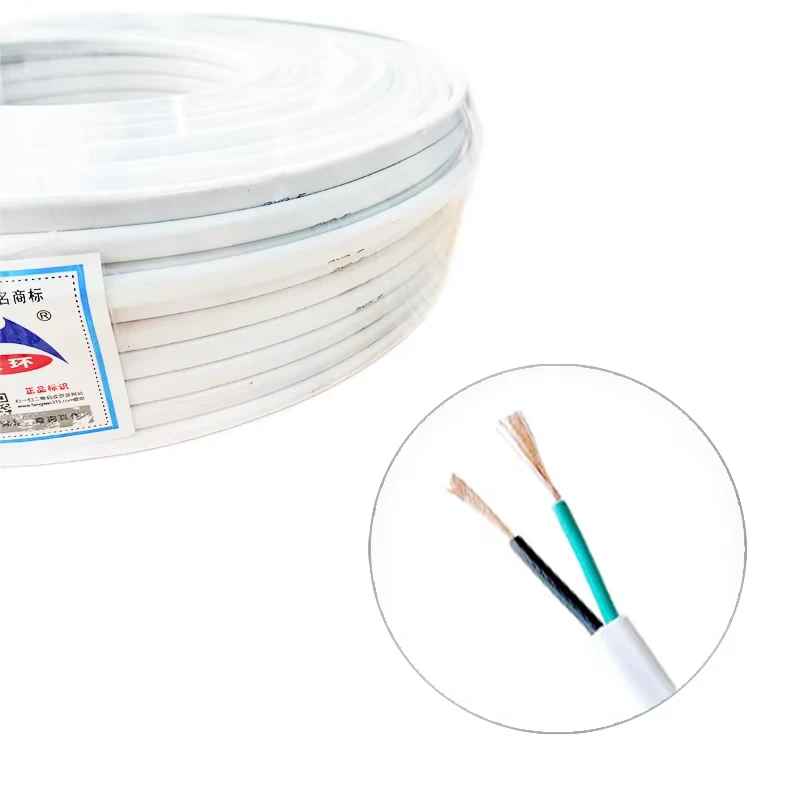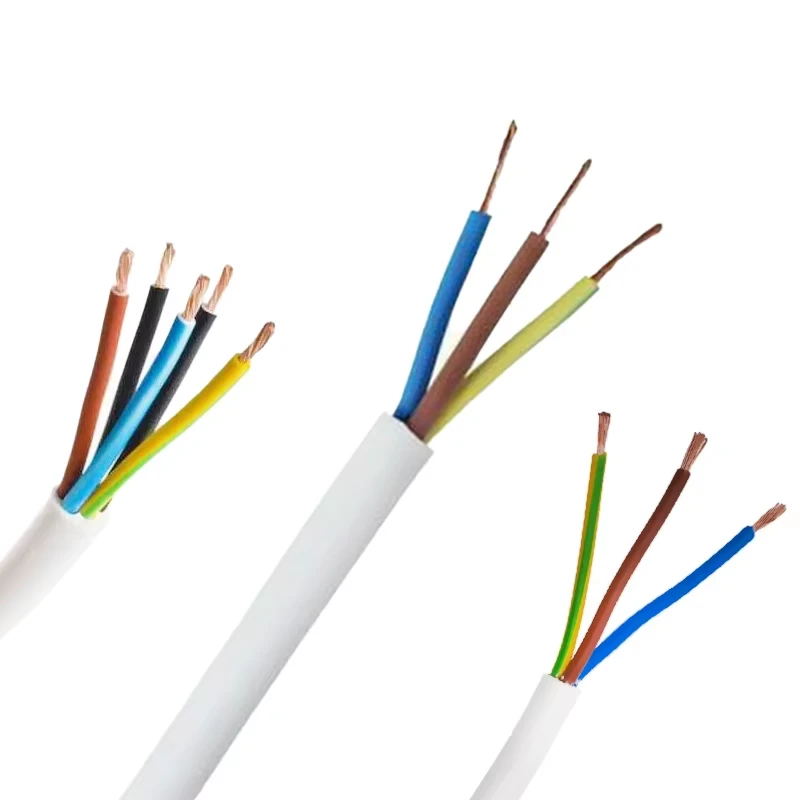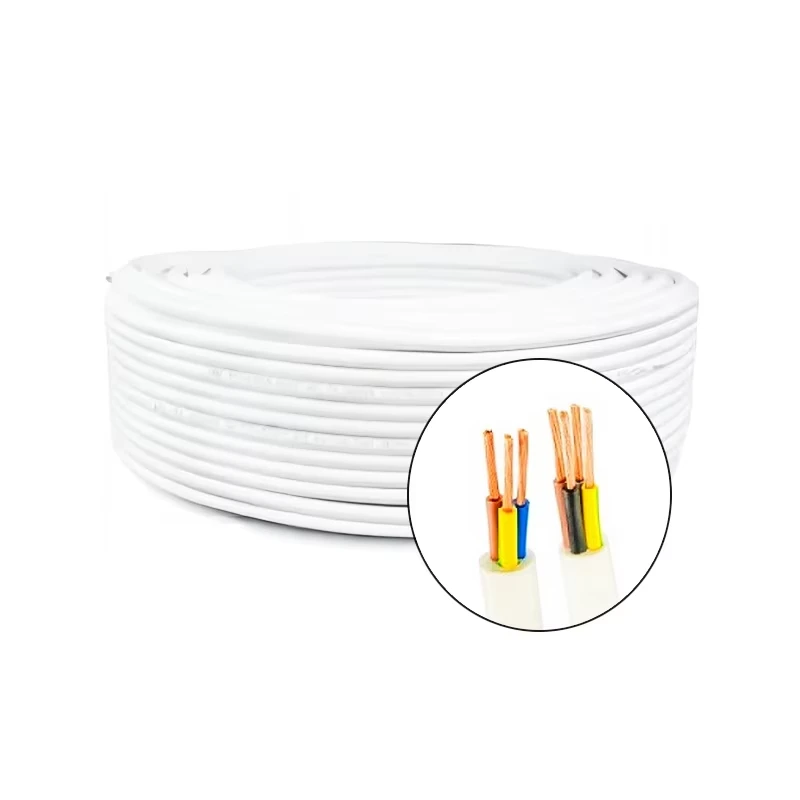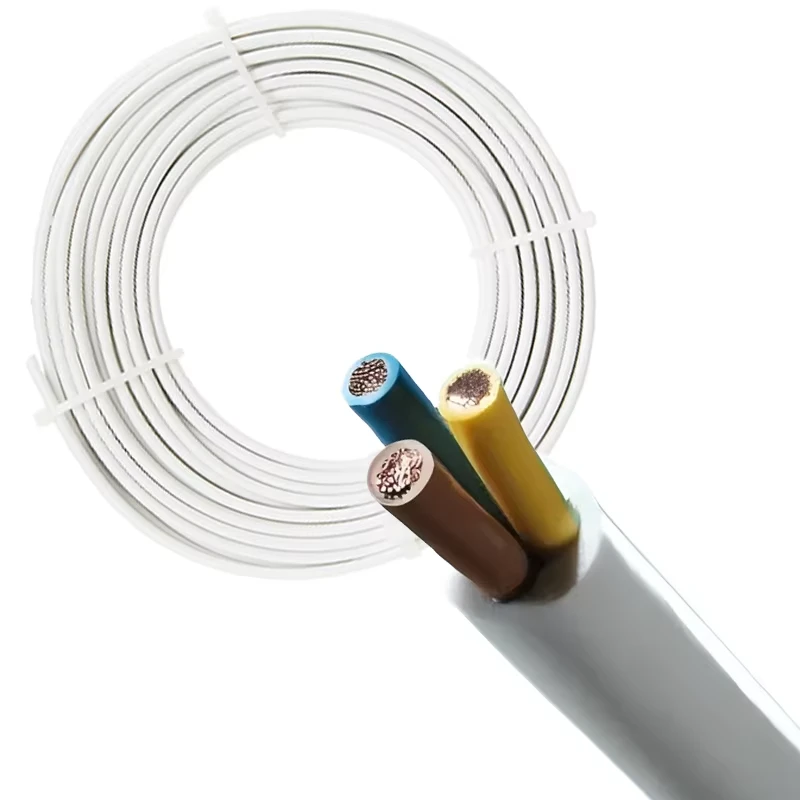
Embrace the Power of Aluminum
In the ever-evolving world of solar energy, materials and components play a pivotal role in optimizing efficiency and reducing costs. One such material that is gaining significant attention is aluminum. Specifically, solar aluminium cable, aluminum pv wire, and aluminum pv cable are making waves due to their affordability, durability, and environmental benefits. In this article, we will explore why these aluminum-based products are becoming the go-to choice for solar installations worldwide.
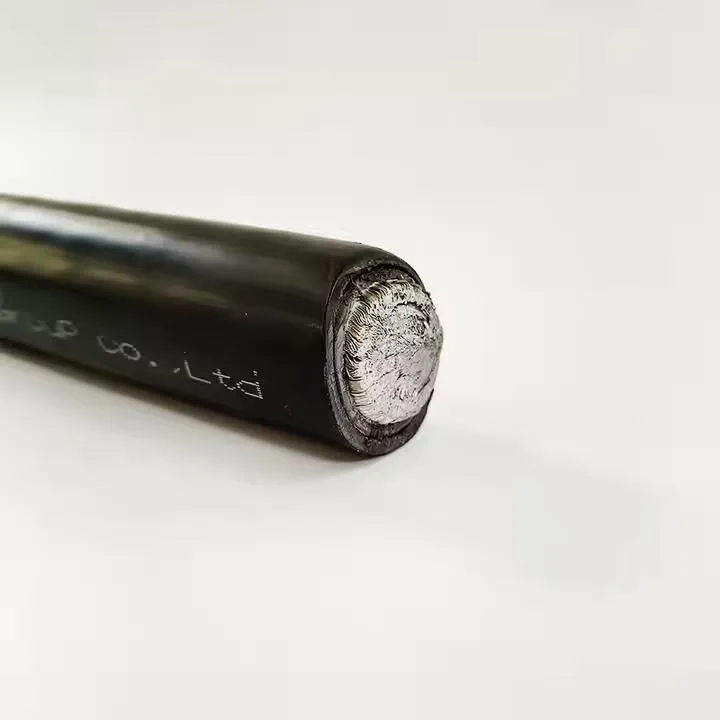
Why Choose Solar Aluminium Cable?
When it comes to powering your solar energy system, choosing the right cable is essential for performance and longevity. Solar aluminium cable is a top contender for several reasons. First, aluminum is a lightweight, cost-effective alternative to copper, making it a popular choice for both residential and commercial solar setups. This cable is designed to withstand harsh environmental conditions, ensuring minimal maintenance and a longer lifespan for your solar installation. With rising energy costs and increasing environmental concerns, investing in solar aluminium cable is a smart choice for sustainable and affordable energy solutions.
The Advantages of Aluminum PV Wire in Solar Systems
Aluminum pv wire is an essential component in any solar energy system, providing a reliable connection between solar panels and inverters. This wire is particularly favored for its excellent conductivity, which ensures efficient transmission of energy. Aluminum's natural resistance to corrosion also makes aluminum pv wire an ideal choice for outdoor environments where wires are exposed to the elements. Unlike copper, aluminum is less prone to oxidation, extending the lifespan of the entire system. As solar energy adoption continues to grow, aluminum pv wire is proving to be a valuable material for high-performance and long-lasting solar applications.
Durability and Cost-Effectiveness of Aluminum PV Cable
In addition to being lightweight, aluminum pv cable is incredibly durable, making it a cost-effective choice for solar projects. It offers high resistance to temperature fluctuations, UV rays, and environmental exposure, ensuring that it can withstand the rigors of outdoor installation. The low cost of aluminum pv cable compared to other materials, such as copper, makes it particularly attractive for large-scale solar farms and residential projects alike. Its ability to maintain conductivity while being highly resistant to wear and tear makes aluminum pv cable an optimal solution for sustainable, budget-friendly solar energy systems.
Reducing Environmental Impact with Aluminum in Solar Energy
The environmental benefits of aluminum are undeniable, especially when it comes to renewable energy. By incorporating solar aluminium cable, aluminum pv wire, and aluminum pv cable into your solar setup, you're making a choice that helps reduce carbon emissions and waste. Aluminum is 100% recyclable, and using recycled aluminum in solar installations can reduce the environmental footprint of manufacturing processes. As the world shifts toward green energy solutions, these aluminum-based cables play a crucial role in minimizing the ecological impact of solar energy production.
The Growing Popularity of Aluminum in the Solar Industry
The rise of aluminum in the solar industry isn't just a passing trend—it's a significant shift toward more efficient, cost-effective, and sustainable energy solutions. As solar power becomes increasingly mainstream, the demand for solar aluminium cable, aluminum pv wire, and aluminum pv cable continues to grow. Manufacturers are investing in advanced techniques to improve the performance of these cables, ensuring they meet the needs of both residential and commercial solar systems. This growing popularity is expected to fuel further innovation, making aluminum a key player in the future of solar energy.
In conclusion, the adoption of solar aluminium cable, aluminum pv wire, and aluminum pv cable is reshaping the solar energy landscape. These components are not only cost-effective and durable but also environmentally friendly, making them an ideal choice for anyone looking to harness the power of the sun while minimizing their carbon footprint. With the growing demand for sustainable energy solutions, aluminum’s role in the solar industry is only set to increase. By embracing this material, you're not just investing in a reliable energy source—you're contributing to a greener, more sustainable future.
-
0.6/1 kV Low Voltage XLPE Insulated Multi-Core SWA Armoured Cable-Tianhuan Cable Group|Durable Industrial Cables&Fire-Resistant DesignNewsSep.29,2025
-
0.6/1 kV XLPE Insulated Multi-Core SWA Armoured Cable - Tianhuan Cable Group | High-Durability&Fire-Safe DesignNewsSep.29,2025
-
0.6/1 kV XLPE SWA Cable-Tianhuan Cable|Low Voltage Power Cable&Industrial CableNewsSep.29,2025
-
0.6/1 kV XLPE SWA Armoured Cable-Tianhuan Cable|Low Voltage, Durable, Fire ResistantNewsSep.29,2025
-
XLPE Insulated SWA Armoured Cable-Tianhuan Cable Group|High Electrical Insulation&Mechanical ProtectionNewsSep.29,2025
-
0.6/1 kV Low Voltage XLPE Insulated Multi-Core SWA Armoured Cable - Tianhuan Cable Group | Power Transmission, Durability, SafetyNewsSep.29,2025
-
0.6/1 kV XLPE Insulated SWA Armoured Cable - Tianhuan Cable Group | High Voltage Resistance&Durable ConstructionNewsSep.29,2025





